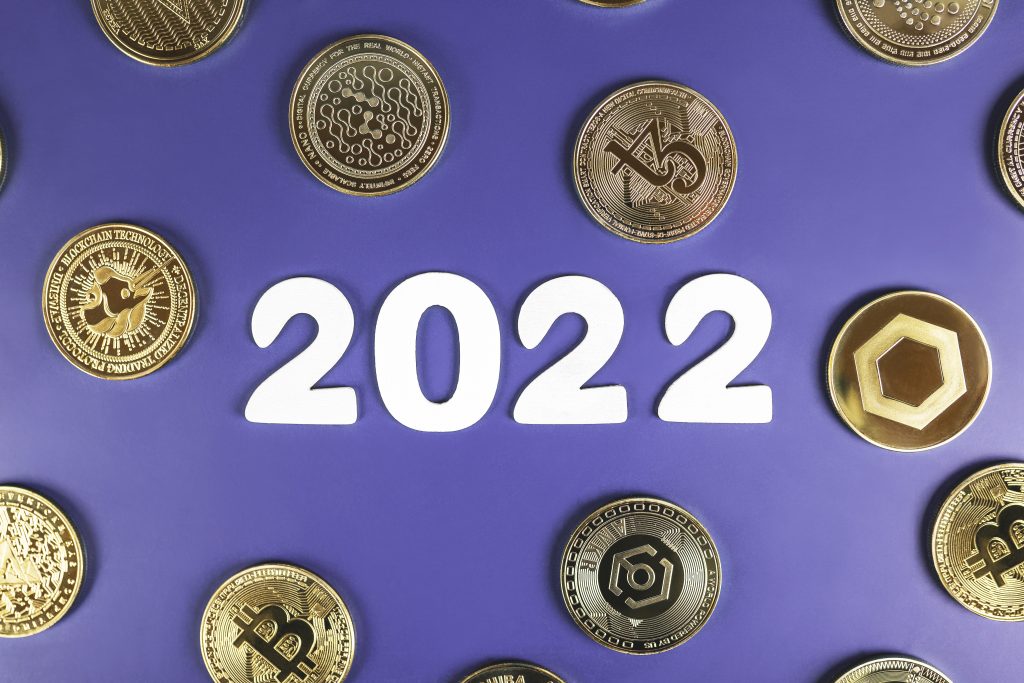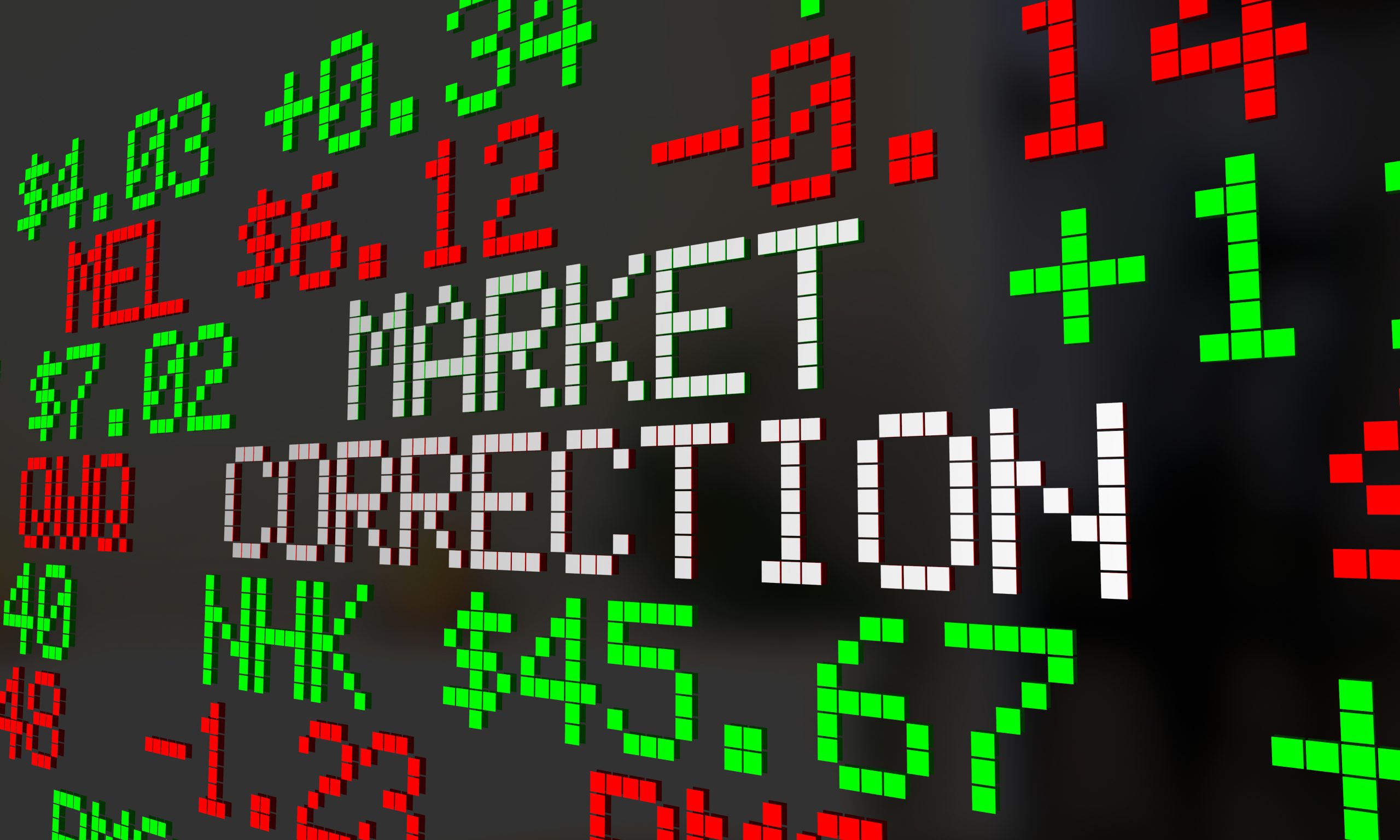Volatile Earnings, the Crypto Rebound, and Other Key Market Themes in 2022
Market volatility has been higher than usual during the start of the 2022 trading year, with several big tech stocks making outsized moves on earnings, and the cryptocurrency sector rebounding strongly from a recent correction.

Action in the global financial markets has been extremely interesting since the start of the COVID-19 pandemic and based on early returns, the 2022 trading year looks equally riveting.
Moreover, due to pullbacks in the major indices, 2022 has started on a volatile note.
The CBOE volatility Index (VIX) closed above 30 on Jan. 25, 2022 for the first time since last fall. And going back to the start of 2021, that level has basically served as a ceiling for the VIX—one that continues to hold, for now.
Interestingly, the VIX increased for seven straight trading days in a row from Jan. 18 to Jan. 26—a pattern that had been observed only nine previous times during the last 20 years. Historical data shows that the VIX almost always cools down in the wake of such a trend, and this time around was no different.
The VIX has since retreated from the high 20s, and is currently trading around 19.
Notably, uncertainty in the financial markets during 2022 isn’t completely attributable to the COVID-19 pandemic.
Rising geopolitical tensions in Europe and spiking interest rate expectations also appear to have put market participants on edge.
Year-to-Date Performance: Indices and Market Sectors
At their worst points in 2022, the S&P 500, the Nasdaq and the Russell 2000 were all down 9%, 15% and 15%, respectively.
Considering that all the major indices have rallied in recent days, those declines are likely being couched as “healthy pullbacks,” as opposed to scary bear market corrections—the latter of which are typically defined as pullbacks of at least 20%.
The fact that the VIX wasn’t able to break through the 30 ceiling also underscores the relative “complacency” of perceptions in the financial markets at this time.
Looking at specific sectors of the market, only one of the 11 S&P 500 industry sectors is up so far in 2022. The Energy Select Sector SPDR ETF (XLE) is up roughly 14% in the last month, and nearly 20% over the last three months.
And a key reason for outperformance in XLE ties back to the rally in crude oil prices, which have jumped from $75/barrel at the start of 2022, to nearly $90/barrel.
All of the other 10 sectors in the S&P 500 are down year-to-date, with the Consumer Discretionary Select SPDR ETF (XLY) suffering the sharpest decline—9%. The Communications Services Select Sector SPDR ETF (XLC) has also been a laggard in 2022, down roughly 7% in the last month.
Huge Moves Related to Q1 Earnings
One of the biggest surprises so far in 2022 has been the degree to which some big tech stocks have moved on earnings.
Q1 earnings season started on a sour note when Netflix (NFLX) dropped more than 20% in a single day after releasing earnings. That trend continued when Paypal (PYPL) and Meta Platforms (FB) also suffered 20+% declines after earnings.
Those are massive one-day moves no matter how you cut it, but especially for large-cap tech stocks. A couple decades ago, a 20% move in International Business Machines (IBM) on earnings—for example—would have been a tectonic event.
The move in Facebook shares obviously grabbed the attention of the markets, but the fact that so many stocks have made such high-magnitude moves on earnings almost makes it feel like some kind of new normal.
At their low point in 2022, the infamous “FAANG” stocks (Facebook, Apple, Amazon, Netflix and Google), had lost over $1 trillion in combined market capitalization. The group has since recaptured a good chunk of those losses, as illustrated below.
Crypto Rebound
The cryptocurrency sector entered 2022 on shaky footing, but has rebounded in strong fashion during the last couple weeks.
For example, Bitcoin prices dropped as low as $35,000 in January 2022, but are now trading closer to $45,000.
And if the current rally continues, crypto euphoria could once again spread into the broader technology sector, and help catalyze a broader rebound in the Nasdaq, as well.
During the last 14 days of trading, the following list of digital coins have been performing especially well (of those with market capitalizations greater than $10 billion): Shiba Inu (+60%), XRP (+45%), Avalanche (+42.5%), Ethereum (+33.3%), Crypto.com (+32.6%), Polygon (+29.6%), Solana (+27%) and Polkadot (+23.2%).
Update on China Stocks
Last year, most American-listed Chinese stocks suffered huge declines. And while that trend may have slowed at the start of 2022, it’s still hard to say where they go from here.
Importantly, the current leader of China—Xi Jinping—could see his presidency extended for a third term come November. But until that’s made official, and his political agenda becomes more clear, uncertainty in China-related securities could persist.
As a reminder, presidential terms in China usually last five years, and going back to the 1980s, leaders have traditionally remained in office for a maximum of two terms.
Importantly, however, language in the Chinese constitution addressing term limits was modified back in 2018, which means Xi Jinping could theoretically remain in office for at least another five years, or beyond.
Notably, one well-known barometer of Chinese tech stocks—the KraneShares CSI China Internet ETF (KWEB)—is down nearly 57% since early February of 2021.
From a technical perspective, many investors and traders likely viewed that pullback as an attractive entry point, and still do. However, the fundamental picture (i.e. revenues and earnings) for Chinese stocks remains murky.
Sideways Action in Gold Persists
Last February, the going price for an ounce of gold was around $1,800.
As of early February 2022, the going price for an ounce of gold remained around $1,800—or $1,835.10, to be exact.
That type of year-over-year movement probably makes gold an excellent candidate for the “least intriguing trade of the year.” But that’s only from a traditional long/short perspective.
In terms of the volatility trade, that type of movement (read: lack of movement) is ideal for short options/volatility players.
To track everything moving the financial markets on a daily basis, readers are encouraged to tune into TASTYTRADE LIVE—weekdays from 7 a.m. to 4 p.m. CST—at their convenience.
Sage Anderson is a pseudonym. He’s an experienced trader of equity derivatives and has managed volatility-based portfolios as a former prop trading firm employee. He’s not an employee of Luckbox, tastytrade or any affiliated companies. Readers can direct questions about this blog or other trading-related subjects, to support@luckboxmagazine.com.



















